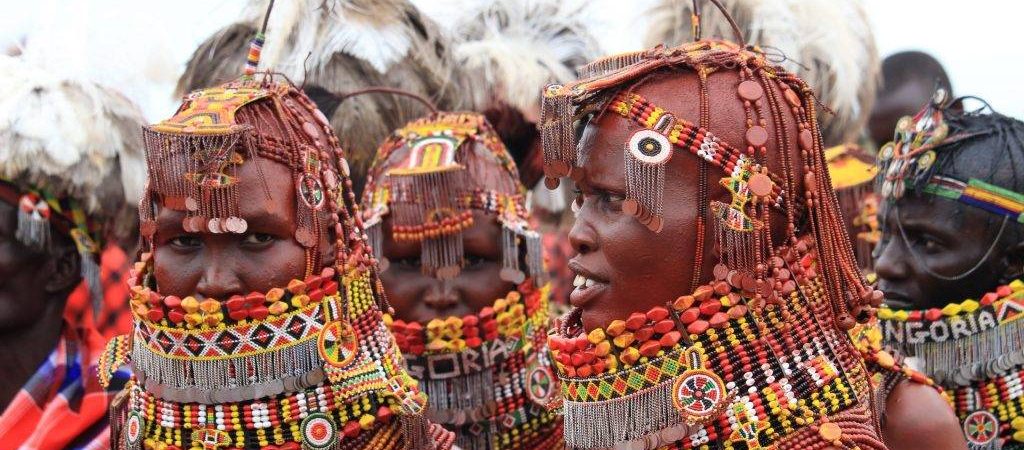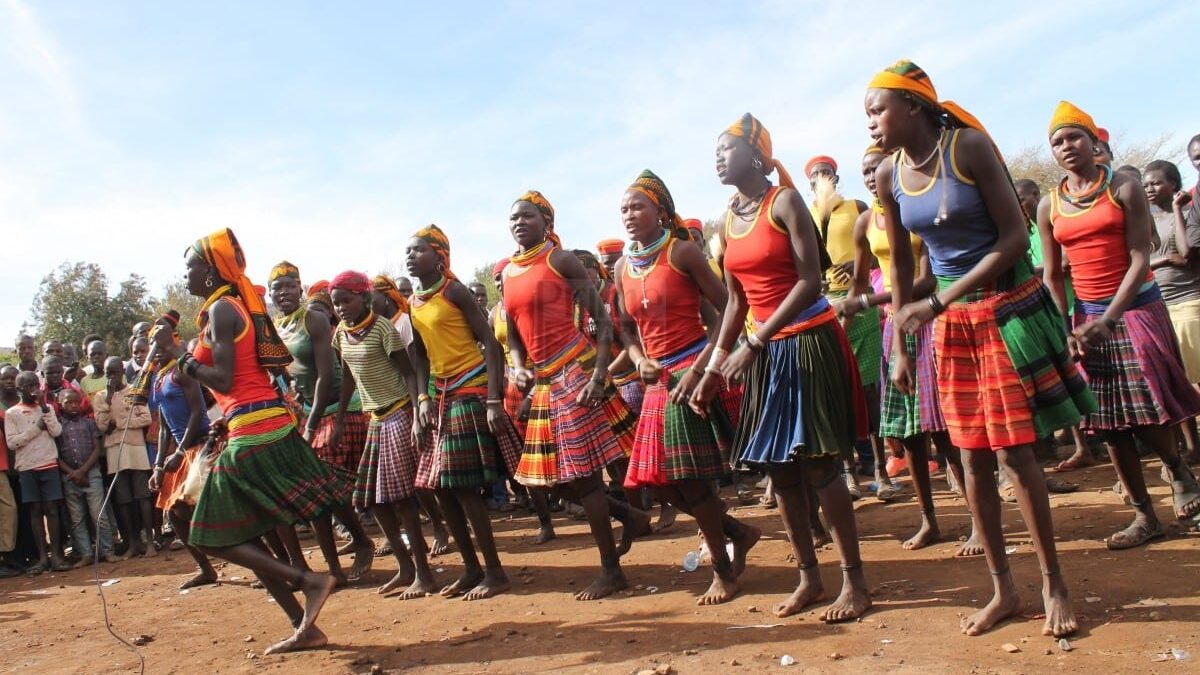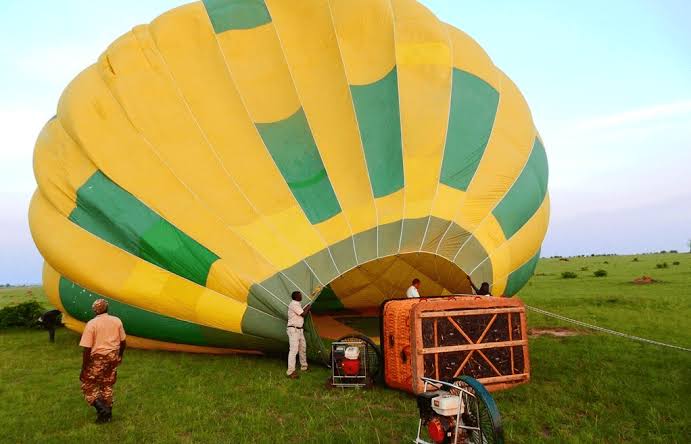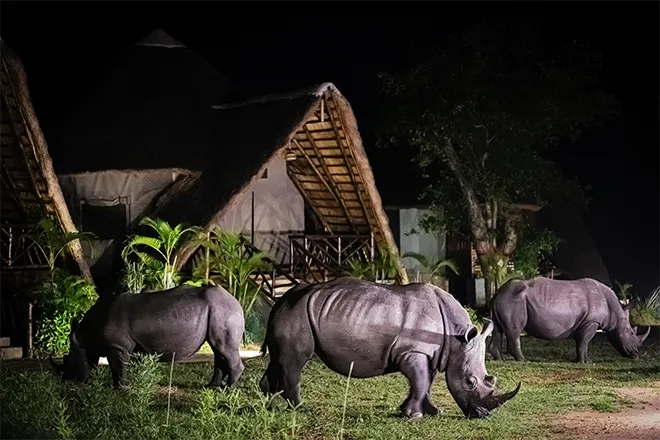- GET IN TOUCH WITH US:
- +256 753518160
- +256 777842166
- info@experiyatourcompany.com

Uganda Tours and Conservation Experiences
November 21, 2025
Uganda Hot Air Balloon Safari Info
November 21, 2025Uganda Cultural Tours in Karamoja
Uganda is home to a rich tapestry of cultures, but few regions capture the essence of authentic African traditions as vividly as Karamoja. Located in the northeastern part of the country, Karamoja remains one of the most culturally distinct, untouched, and fascinating areas in East Africa. With vast golden plains, dramatic mountain ranges, pastoralist communities, and age-old traditions still practiced today, Uganda Cultural Tours in Karamoja offer a powerful and immersive journey into a world where heritage, identity, and community values remain deeply rooted.
Karamoja is home to the Karamojong people, a Nilotic pastoralist tribe known for their cattle culture, unique architecture, vibrant dress, traditional music, warrior history, and deeply spiritual rituals. Travelers seeking transformative cultural encounters, authentic ethnic experiences, and opportunities to understand indigenous ways of life will find Karamoja unlike anywhere else in Uganda. This detailed blog explores everything you need to know about cultural tours in Karamoja—including the best experiences, cultural highlights, community activities, landscapes, itineraries, and why this region has become a must-visit destination for cultural enthusiasts and responsible travelers.
An Introduction to Karamoja
Karamoja is a semi-arid region bordered by Kenya’s Turkana region and South Sudan’s Toposa communities. It is one of the few places in East Africa where traditional pastoralism is still widely practiced. Life revolves around cattle, which hold cultural, economic, and spiritual significance. The people live in manyattas—traditional homesteads made of sticks, mud, and grass—and maintain customary leadership structures, social norms, and rituals that have been passed down through generations.
Despite its rugged, remote appearance, Karamoja offers extraordinary cultural richness and natural beauty, including:
Expansive grasslands
Mountain ranges such as Mount Moroto and Mount Kadam
Wildlife reserves like Pian Upe
Ancient rock art sites
Vibrant weekly markets
These landscapes and traditions combine to create a cultural experience full of depth, authenticity, and discovery.
Why Karamoja Cultural Tours Stand Out
Authentic, Untouched Traditions
Unlike many regions where modernization has altered traditional ways of life, the Karamojong continue to preserve their cultural identity. This makes Karamoja one of the most authentic cultural destinations in Africa.
Warm and Welcoming People
Although historically misunderstood, the Karamojong are warm, hospitable, and eager to share their heritage with visitors.
Rich Cultural Heritage
Karamoja has unique:
Dances
Music
Rituals
Dress
Architecture
Custodial leadership
Pastoral systems
These traditions are deeply connected to cattle, nature, and community.
Immersive Community Experiences
Visitors don’t simply watch from afar—they walk through villages, share stories, learn skills, and participate in activities.
Spectacular Landscapes
Karamoja’s scenery rivals the great wilderness regions of Kenya and Tanzania, but without the crowds.
Top Cultural Experiences in Karamoja
1. Visiting Traditional Manyattas
The manyatta is the heart of Karamojong life. These homesteads are designed with traditional architecture featuring:
Mud and dung walls
Thatched roofs
Cattle kraals at the center
Defensive enclosures
Travelers can walk through manyattas, interact with families, understand daily routines, and learn about gender roles, homestead design, and social organization.
2. Cattle Culture Experience
Cattle are central to Karamojong life. They signify wealth, heritage, marriage, and spiritual value. Visitors can learn about:
Cattle herding traditions
Milking practices
Grazing routines
Seasonal movements
In some communities, travelers may witness calf naming ceremonies or cattle branding rituals.
3. Participating in Traditional Dances
Karamojong traditional dances are energetic, rhythmic, and deeply expressive. The world-famous edonja dance involves jumping, chanting, and synchronized movements. Travelers can participate or observe these dances accompanied by traditional instruments, including drums and horns.
4. Traditional Music and Storytelling
Karamojong songs tell tales of battles, love, migration, and cattle raids. Elders often share captivating stories that provide insight into Karamojong cosmology, history, and cultural values.
5. Visiting the Karamoja Museum
Located in Moroto, the Karamoja Museum documents the anthropology, archaeology, and ecological history of the region. Exhibits include:
Fossils from the Karamoja Basin
Traditional artifacts
Cultural materials
Historical documents
It is a perfect introduction to the region’s heritage.
6. Mountain Trekking with Local Guides
Cultural tours in Karamoja blend naturally with adventure. Treks on Mount Moroto, Mount Kadam, or Mount Napak offer breathtaking views and encounters with Tepeth communities—one of the oldest tribes in the region.
Hiking experiences include:
Rock shelters
Cave paintings
Local herbal knowledge
Sacred sites
7. Participating in Daily Activities
For immersive travelers, participating in traditional tasks provides deeper understanding. Activities may include:
Milking cows or goats
Cooking local meals
Basket weaving
Craft-making using beads and leather
Fire-making using ancient techniques
These hands-on cultural activities foster meaningful connection.
8. Visiting Weekly Markets
Karamoja’s markets are always colorful and lively. Travelers can see:
Trading of livestock
Handcrafted goods
Traditional fabrics and beads
Local produce
Markets such as the Moroto market and Namalu market reflect the region’s cultural vibrancy.
9. Cultural Walks in the Karamoja Plains
Guided cultural walks allow travelers to observe:
Nomadic grazing routes
Local plants and herbs
Shrines and sacred trees
Old kraal sites
Natural landmarks
These walks offer educational and photographic opportunities.
10. Intercultural Learning
Travelers learn about:
Marriage traditions
Clan systems
Initiation rituals
Conflict resolution mechanisms
Traditional leadership
The experience fosters cross-cultural understanding, making the journey enriching and transformational.
The Karamojong: A Deep Cultural Profile
Language
Karamojong people speak Ng’akarimojong, part of the Eastern Nilotic language family.
Dress and Body Ornamentation
Their attire is vibrant, featuring beads, leather garments, and symbolic accessories. Men often carry walking sticks and wear ankle bells used in dance.
Social Structure
The Karamojong are organized into age-sets and clans, with elders having significant authority.
Beliefs
Nature and cattle play important roles in their spirituality. Traditional ceremonies honor ancestors, cattle spirits, and natural forces.
Wildlife and Conservation Experiences in Karamoja
Karamoja features vast conservation areas where wildlife roams freely.
Major reserves include:
Pian Upe Wildlife Reserve
Matheniko Wildlife Reserve
Bokora Corridor Reserve
Wildlife species include:
Elands
Roan antelopes
Lions (rare)
Zebras
Ostriches
Leopards
These wild spaces make Karamoja an ideal blend of cultural and wildlife tourism.
Suggested Itineraries for Karamoja Cultural Tours
4-Day Karamoja Cultural Immersion
Day 1: Moroto arrival + Karamoja Museum
Day 2: Manyatta visit + cultural dances
Day 3: Mountain Moroto trekking + Tepeth community
Day 4: Cattle experience + return
6-Day Karamoja & Pian Upe Safari
Includes wildlife viewing and cultural activities.
8-Day Karamoja, Sipi Falls & Kidepo Valley Experience
A perfect combination of culture, nature, and wildlife.
10-Day N.E. Uganda Cultural Circuit
Ideal for culture lovers, anthropologists, and photographers.
Best Time to Visit Karamoja
Karamoja is generally dry, making it accessible year-round. However, the best time is:
December to March (dry season)
June to August (cooler and scenic)
Cultural activities occur throughout the year, while trekking is best during dry months.
Practical Tips for Visiting Karamoja
Dress modestly out of respect for local traditions
Ask for permission before photographing people
Travel with local guides who understand the culture
Carry sun protection—Karamoja is hot and dry
Bring durable walking shoes
Support local crafts and cooperatives
Be open-minded and respectful
Karamoja is a region where cultural sensitivity enhances the experience.
Why Uganda Cultural Tours in Karamoja Are Unforgettable
Karamoja is raw, authentic, and deeply moving. It offers a rare opportunity to observe a living culture that has resisted the pressures of modernization. Every moment—whether listening to elders’ stories, watching sunrise over the plains, dancing with warriors, or sharing a meal in a manyatta—feels meaningful and heartfelt. The region’s spiritual connection to cattle, land, and heritage creates a cultural depth rarely found in today’s world.
For travelers seeking genuine cultural immersion, meaningful interactions, adventure, and photography opportunities, Karamoja stands out as the ultimate cultural destination in Uganda.
Book Your Karamoja Cultural Tour with Experiya Tour Company
Experiya Tour Company designs exceptional cultural tours that bring travelers into the heart of Karamoja through respectful, community-focused travel experiences. With knowledgeable guides, strong relationships in local communities, and carefully planned itineraries, Experiya ensures that every traveler experiences the region authentically and safely. For unforgettable cultural immersion in one of Africa’s most unique regions, book your Karamoja cultural adventure with Experiya Tour Company today.



